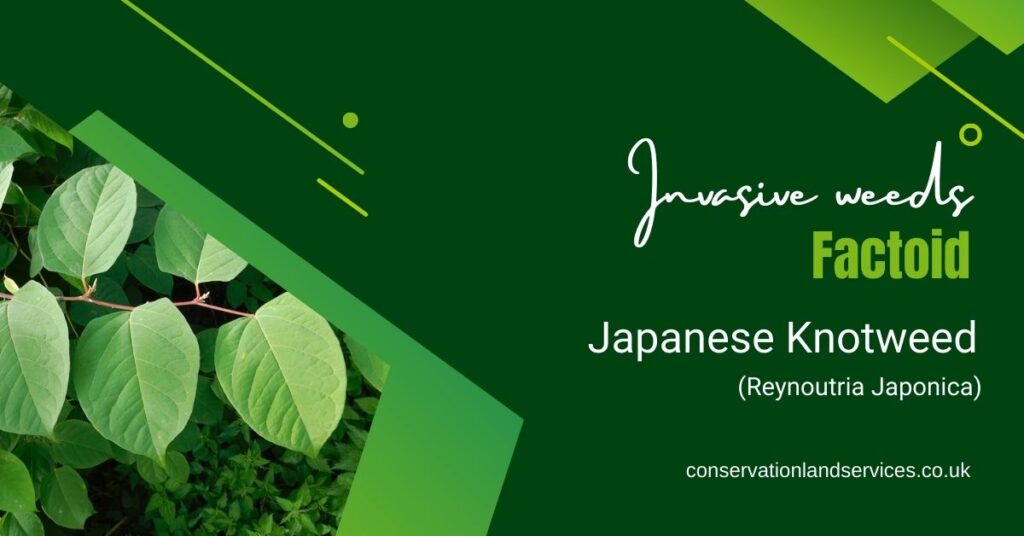Contents
- Introduction
- Understanding Japanese Knotweed
- Prevention Tips for Homeowners
- 3.1 Regular Monitoring
- 3.2 Garden Maintenance
- 3.3 Soil Management
- Professional Help: When to Call in the Experts
- Conclusion
- Resources
Introduction
Hey there, fellow homeowners! If you’ve found yourself staring at a patch of green in your garden, only to realise it’s the dreaded Japanese knotweed, then you’re not alone. This invasive plant is like that uninvited guest who just won’t leave. But worry not, because today we’re diving into long-term solutions to prevent this pesky plant from taking over your outdoor space. Let’s get our hands dirty and tackle this issue head-on!
Understanding Japanese Knotweed
Before we jump into prevention, let’s take a moment to understand what we’re up against. Japanese knotweed (Fallopia japonica) is a perennial plant that can grow up to 3 metres high and spreads rapidly through its extensive root system. It’s not just a nuisance; it can cause serious structural damage to homes and gardens, and it’s also a legal concern if it spreads onto neighbouring properties. So, keeping it at bay isn’t just about aesthetics; it’s about protecting your home and property value too!
Prevention Tips for Homeowners
3.1 Regular Monitoring
The best offence is a good defence. Regularly checking your garden for any signs of knotweed is crucial. Early detection is key! Keep an eye out for those heart-shaped leaves and bamboo-like stems. If you spot anything suspicious, take action immediately. Snap a pic and do some research or ask for help!
3.2 Garden Maintenance
A well-maintained garden is less likely to fall victim to invasive plants. Keep your garden tidy and regularly trim back any overgrown areas. This not only helps you spot knotweed earlier but also makes it harder for it to establish itself. Plus, who doesn’t love a neat and tidy garden?
3.3 Soil Management
Knotweed often thrives in disturbed soil. If you’re doing any digging or landscaping, make sure you know what’s lurking beneath the surface. Avoid moving soil from contaminated areas, as this can spread the knotweed. If you’re unsure, consider testing your soil first. It’s like a little check-up for your garden!


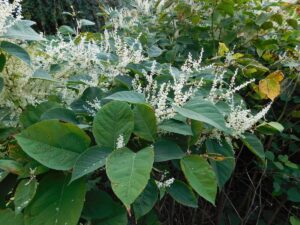
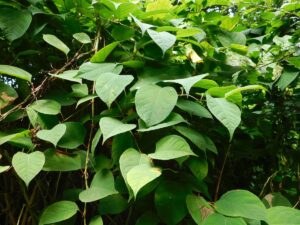
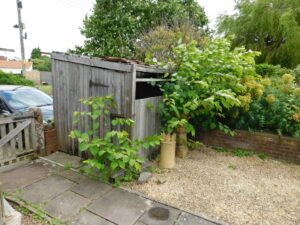
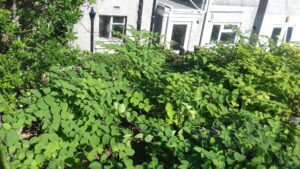

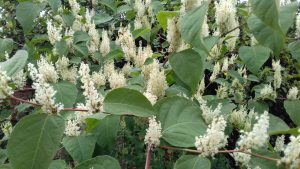
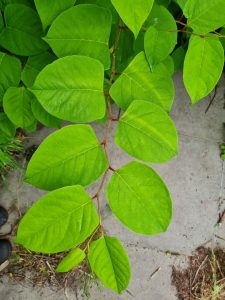
Professional Help: When to Call in the Experts
Sometimes, we just can’t do it all ourselves. If your garden is already under siege by knotweed, it might be time to call in the pros. There are specialists who can help manage and eradicate this invasive plant. They’ll have the right tools, knowledge, and experience to deal with it effectively. Just be sure to choose a company that’s fully licenced and insured. You don’t want to end up with more problems than you started with!
It is not advisable to try to remove Japanese Knotweed yourself
Many types of knotweed can easily be mistaken by the untrained eye and has the potential to spread when it’s dug up
Check if you have an invasive weed for freeConclusion
So there you have it, friends! By monitoring your garden, keeping it well-maintained, and being cautious with soil management, you can significantly reduce the risk of Japanese knotweed invading your home. Don’t let this pesky plant ruin your garden dreams! If you find yourself in a knotweed pickle, remember there are experts out there ready to help. Stay vigilant, and keep your garden knotweed-free!
Resources
Environment Agency: How to stop Japanese Knotweed from spreading
Royal Horticultural Society: Japanese Knotweed
The Postcode Areas We Serve
Gloucester and Swindon
Birmingham and the Midlands
Bristol and the South West
Cardiff and South Wales



